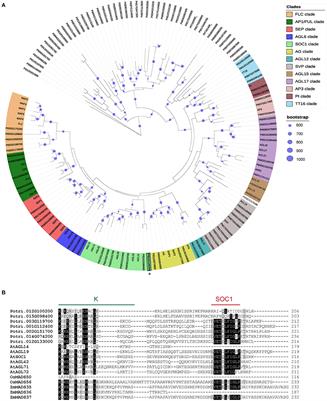ORIGINAL RESEARCH
Published on 02 Jul 2021
Drought and Nitrogen Application Modulate the Morphological and Physiological Responses of Dalbergia odorifera to Different Niche Neighbors

doi 10.3389/fpls.2021.664122
- 1,881 views
- 6 citations
29k
Total downloads
138k
Total views and downloads
Select the journal/section where you want your idea to be submitted:
ORIGINAL RESEARCH
Published on 02 Jul 2021

ORIGINAL RESEARCH
Published on 25 May 2021

ORIGINAL RESEARCH
Published on 21 May 2021

REVIEW
Published on 30 Apr 2021

ORIGINAL RESEARCH
Published on 29 Apr 2021

ORIGINAL RESEARCH
Published on 08 Apr 2021

MINI REVIEW
Published on 19 Mar 2021

ORIGINAL RESEARCH
Published on 09 Feb 2021

ORIGINAL RESEARCH
Published on 25 Jan 2021

ORIGINAL RESEARCH
Published on 18 Jan 2021

REVIEW
Published on 30 Nov 2020

ORIGINAL RESEARCH
Published on 27 Nov 2020


Frontiers in Microbiology